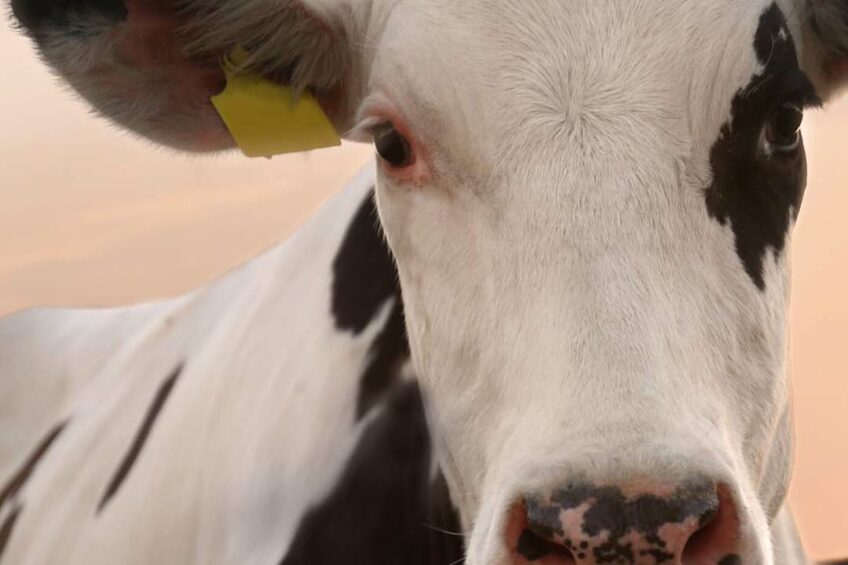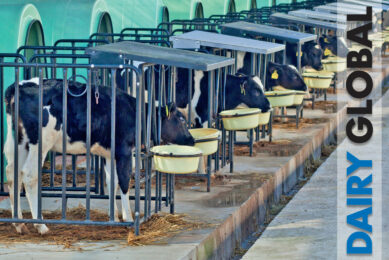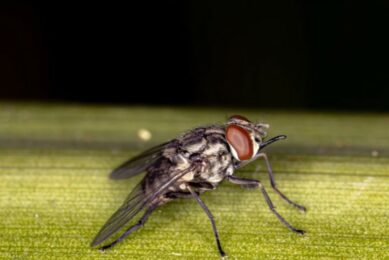The road to zero mastitis in dairy

Monitoring udder health on a dairy farm is essential for many reasons. We talked about udder health and significantly reducing the incidences of mastitis with 2 experts from the Faculty of Veterinary Medicine at Ghent University in Belgium, Professor Sarne de Vliegher and visiting professor Dr Sofie Piepers.
It seems obvious that reducing mastitis is not only beneficial for dairy cows but is also better from an economic perspective, and it is vital to reducing antibiotic use. In this scenario, Piepers and De Vliegher agree that udder health needs to be higher on the agenda in dairy farm management. But what needs to be considered?
Adoption on-farm
With more demand for dairy products and higher-producing animals, it is more important than ever to focus on udder health. Pieper: “We cannot compare today’s farms with those of 20 or 25 years ago. Cows now produce more milk so they are more susceptible to issues. This means that on-farm management standards need to be even higher than before.”
The move towards Selective Dry Cow Therapy (SDCT) in the EU at the start of 2022 allows dairy farmers to identify infected cows and treat them individually during dry-off. Piepers applauds this shift as it will help regulate the use of antibiotics, but stresses that Europe is large and is quite diverse in its position on livestock management.
“SDCT has become mandatory in the EU but controls need to be in place,” she explains. “If there are no controls then uptake of this practice is not checked, which means on-farm adoption just takes a bit longer.”
Along with stricter controls, she also strongly believes that udder health should be given higher priority. “As general on-farm udder health improves, more cows can be dried off without antibiotics.”
Management
Tools and methods to diagnose mastitis have evolved from the traditional bacteriological culture towards PCR-based methods, with much more progress being made in new diagnostic approaches. However, it still all comes down to the dairy farmer. Piepers: “Although diagnostics are easier to use and more sensitive, farmers still need to be proactive to send in that milk sample for testing and to act accordingly when the results come back.”
De Vliegher continues: “What’s important,” he says, “is to create a workflow where udder health is properly reviewed every 6 weeks rather than only focusing on it when mastitis has been detected or when the Somatic Cell Count (SCC) is too high, or only when there’s pressure to reduce antibiotics. Farmers have many tasks to complete each day, so there is much more than udder health on the to-do list, and the same goes for vets.”
If the farmer does not complain to the vet or mention any issues, udder health can easily be forgotten. In the case of subclinical mastitis with no visible signs of the disease, keeping a regular eye on the SCC is still the most reliable test. It is essential for diagnosis and taking early action when test results are positive. Having that knowledge is vital to manage mastitis properly and effectively.
De Vliegher mentions he is still surprised by farmers: “We asked a number of farmers as part of our research into farmers mindset regarding mastitis and its treatment. We were surprised that the large majority still don’t know the difference between clinical and subclinical mastitis. This is disappointing, because we are communicating through the local agricultural press and we are also involved in training and education.”
Prevention
“The fact that some farmers still don’t know the difference between clinical and subclinical mastitis tell me that our advisors still have a key role to play in getting that knowledge and information to the farmer,” he says.
He agrees that knowledge adoption in practice is also still limited. Farmers only look for answers when they have a problem, this is when they take on more information and knowledge. “The key,” he highlights, “lies in prevention strategies.”
Piepers: “Our focus is on prevention; if the cow doesn’t become sick then she doesn’t need to be treated.” She says that for the Flemish region in Belgium, for example, it would be easy to achieve a 30% reduction in on-farm antibiotic use. There would still be variation between farms because each farm is different. If udder health is prioritised on the farm then the reduction can be substantial. But this all depends on various factors, such as the on-farm pathogens, management, health programme, prevention strategies, and so on.
Zero mastitis
“There are some farms that show it is possible to be close to zero mastitis but we have others where it seems to be an impossible task,” Piepers says. “We also have to factor in the farmer’s own skills – it’s important they know their strengths and weaknesses. Can they manage high and extra high-producing cows?
“Not all farmers have the skills to manage these high-producing cows, in which case it’s better to go for cows that produce a bit less but that are more robust health-wise. Some farmers don’t want the stress of the very high-producing cows so they go for a more robust breed and optimal milk production. Sometimes the financial situation does not allow these decisions, but for some farmers this could be a solution for healthier animals,” she states.
“A number of researchers are looking at more effective vaccines. At the moment there’s a lot of research happening around solutions involving bacteriophages, genetics and probiotics for instance,” says De Vliegher.
“But farmers don’t need to wait for solutions. Udder health should be a part of the whole on-farm system – housing, hygiene, health programme, etc. We don’t need a miracle solution, with upgraded management, zero mastitis is feasible. Now that so many cows are producing much more milk, we have to step up the game,” concludes De Vliegher.
Join 13,000+ subscribers
Subscribe to our newsletter to stay updated about all the need-to-know content in the dairy sector, two times a week.










